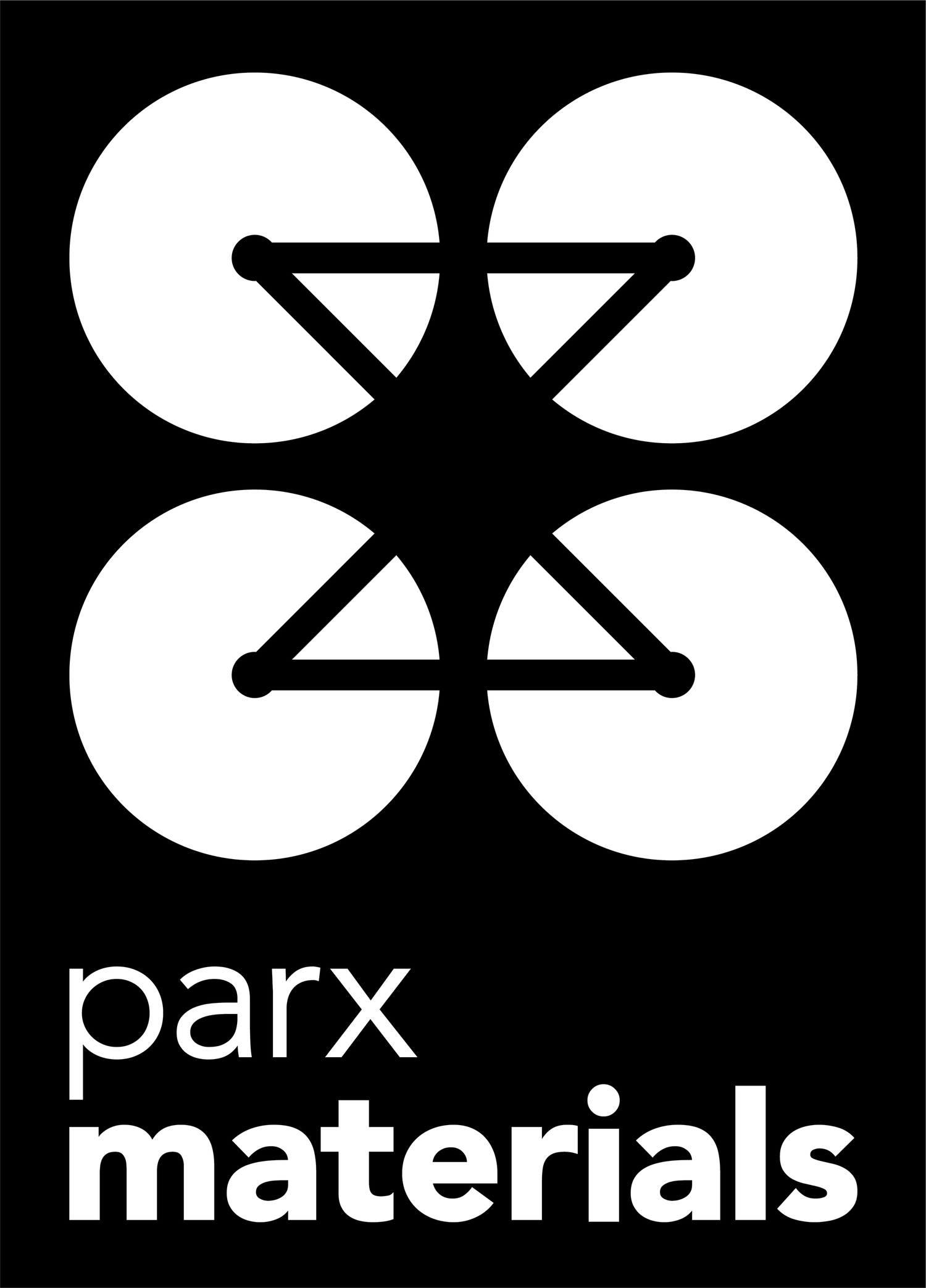Resolving biofouling in marine aquaculture and increasing yield.
Parx Materials technology resolving biofouling in marine aquaculture and increasing yield.
In a recent field trial by an experienced and long-time marine aquaculture farm, culture tanks were brought ashore to harvest Abalone, set out to grow six months ago. They set out some hundreds of tanks for growing these shell fish. This delicacy is growing to its full size in plastic culture equipment, set out in the waters for a period of 6 months. Usually during this time, the plastic culture tanks get covered with unwanted aquatic species obstructing the flow of fresh water through the tanks, a common problem in marine aquaculture. But not this time. This time a portion of the tanks (about 100 pieces) were produced using Saniconcentrate™ of Parx Materials. These tanks are still clean after 6 months in the ocean, without fouling. They developed significantly better Abalones, growing larger than in the normal tanks. This means more yield of this valuable product and more profit for the aquaculture farm.
Abalone, in Japan known as the “truffle of the sea” is much more developed when grown in an aquaculture tank made with the addition of the Parx Materials technology. Preventing fouling means preventing direct competition for food with other species and is reducing the obstruction of food, oxygen and other resources. (click to enlarge)
Aquaculture tanks used for growing Abalones normally build up significant fouling after 6 months in water. This is obstructing holes and increasing weight. The tanks in the pictures were both new at the start of the test, and produced with the same type of material. Tanks produced with the addition of the Parx Materials technology prevent the adhesion of fouling and remain clean over the entire period of use. (click to enlarge)
Sustainably improving the material
Saniconcentrate™ is a modified polymer concentrate that is added to plastics prior to the manufacturing process of the tanks. The concentrate carries the trace element of Zinc, a nutrient with ‘utmost biological importance’, into the material. The incorporation of this trace element is achieved by a novel and patented method developed by an interdisciplinary team of scientists specialized in biomimicry, biochemistry, material science and polymerization processes. An idea inspired by the defense mechanism in the human skin, where the trace element of Zinc is vital for a healthy immune system protecting us against bacteria and viruses.
By incorporating this trace element, the materials mechanical/physical properties are improved, making the material surface resistant to the adhesion of fouling, bacteria and biofilm. An antifouling solution that does not leach out and does not contaminate the oceans. Nothing of the technology is ‘consumed’ over the lifespan of the product, so the technology remains at full strength and does not fade away.
The technology is unique as there are no biocides or other toxic components involved. It only cleverly incorporates the biocompatible trace element like it is found in green vegetables such as broccoli and spinach or how it is present in your multi-vitamins.
Biofouling and shellfish fitness
Biofouling in marine aquaculture is one of the main barriers to efficient and sustainable production. The settlement and development of unwanted aquatic species on product and equipment surfaces can cause a variety of issues. Two main identified problems caused by biofouling are: the increased weight of culture equipment; making it more difficult and energy consuming to manage and to clean the equipment, and the reductions of shellfish fitness.
One of the most important impacts from biofouling in shellfish aquaculture is the reduction in shellfish fitness. It can impact and reduce survival, growth, condition and weight. These aspects are typically attributed to direct competition for food and the obstruction of food, oxygen and other resources.
The direct economic costs of managing biofouling in the aquaculture industry are roughly estimated to be 5–10% of production costs but often varies considerably between aquaculture locations, species and companies and many of the indirect impacts are unclear so the overall cost of biofouling in marine aquaculture is likely to be significantly higher.
Abalone or ear-shell
The is abalone is a mollusk notable not only for a resemblance to the human ear that earned it the nickname “ear-shell,” but also for being one of the most expensive seafood in the world today. Abalone is especially valued in Southeast Asian cuisine. In Japan it is known as the “truffle of the sea.”
